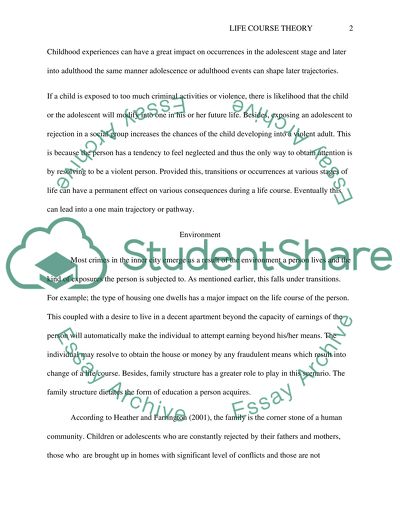Cite this document
(“Life Course Theory Research Paper Example | Topics and Well Written Essays - 1500 words”, n.d.)
Retrieved from https://studentshare.org/law/1455586-life-course-theory
Retrieved from https://studentshare.org/law/1455586-life-course-theory
(Life Course Theory Research Paper Example | Topics and Well Written Essays - 1500 Words)
https://studentshare.org/law/1455586-life-course-theory.
https://studentshare.org/law/1455586-life-course-theory.
“Life Course Theory Research Paper Example | Topics and Well Written Essays - 1500 Words”, n.d. https://studentshare.org/law/1455586-life-course-theory.


